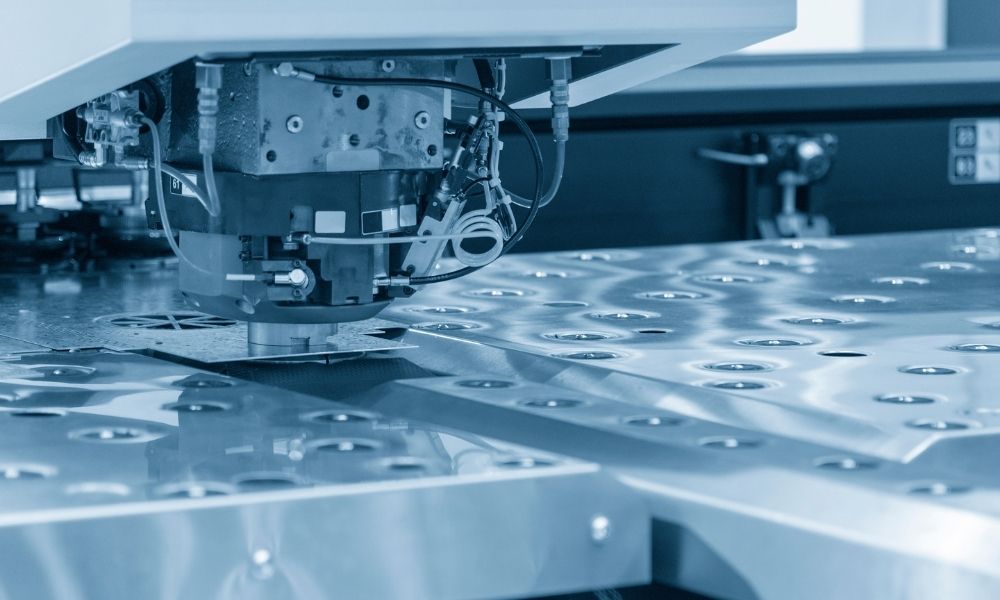Successfully Added
The product is added to your quote.

Electronically operated machines using programmable logic controllers (PLCs) have dominated industrial fabrication and manufacturing production chains for decades. Consequently, knowing how to troubleshoot PLC issues has become a vital part of CNC maintenance and upkeep.
This PLC troubleshooting guide will cover some common issues that PLCs run into on the shop floor. We will also review the three steps to take for your PLC repair.

Several common causes of PLC failure result in repair or replacement being necessary. Keeping these causes in mind will help you troubleshoot your PLCs by showing why a PLC failure might occur.
It might sound simple, but it is better to examine the simple things first. Check all power connections and cables thoroughly for damage that could cause shorts. Ensure that your power supply is running correctly. Use a voltameter to check for proper grounding and voltage.
PLC failure might be caused by an improperly connected device or a loose or faulty connection. Fastening loose cable connections and replacing defective cables can save you time and money on expensive PLC repair.
Some modern machines protect your PLC hardware by having emergency shutoffs in case of excessive heat buildup. If your CNC machine is regularly shutting off during regular operation, it may be due to emergency systems protecting against PLC failure. Ensure the PLC is functioning in the rated temperature range.
One of the most common causes of PLC failure is the input/output (I/O) system. If there is a disconnect between the command prompt (what the PLC is being told to do) and what the PLC is doing, then module failure is the most likely cause.
Electronically operated machines are susceptible to electrical noise interference from various sources. Foreign signal interference, radio frequency (RF) interference, and EMI can affect the performance of a PLC. Troubleshooting should consider the location and proximity of other CNC machines, motors, electronic devices, and components.
Issues with the PLC's memory can be caused by anything from a power surge to electromagnetic interference. When this occurs, the PLC failure can make the code unreadable and leave you a PLC with corrupted memory. All data should be backed up and stored under proper conditions.

The next step of PLC troubleshooting is diagnosing the problem. Performing diagnostics and rudimentary testing on your programmable logic controller will help you find the root cause of the issue and the best way to resolve it.
To diagnose the problem, you must understand what is occurring and why. After reviewing the PLC hardware for signs of failure, you should check the PLC program and figure out if that is faulty. Check the I/O LEDs to confirm that your PLC is receiving the input and performing the correct output. Ensure that the program is configured correctly.
Once you have found the issue, you can trace it to its source. If your PLC registers inputs properly, the controller's issue is an output problem. The issue will likely be the controller itself or a problem with an adjacent system if no inputs are shown.
As you begin the PLC repair, you must verify the cause first, and this will save you time (and money) on ordering the wrong repair parts. Before scrapping it, test your hypothesis and make sure you can replicate the fault with your programmable logic controller.

Knowing how to troubleshoot PLC failures is the first part, and ordering your replacement PLC hardware online at Industrial Automation Co. is the second. We carry programmable logic controllers and PLC spare parts for leading brands worldwide. Our partners trust us to supply them with reliable industrial CNC machine parts to keep their production lines on schedule. Get replacement parts today and make your next PLC repair fast and easy.


